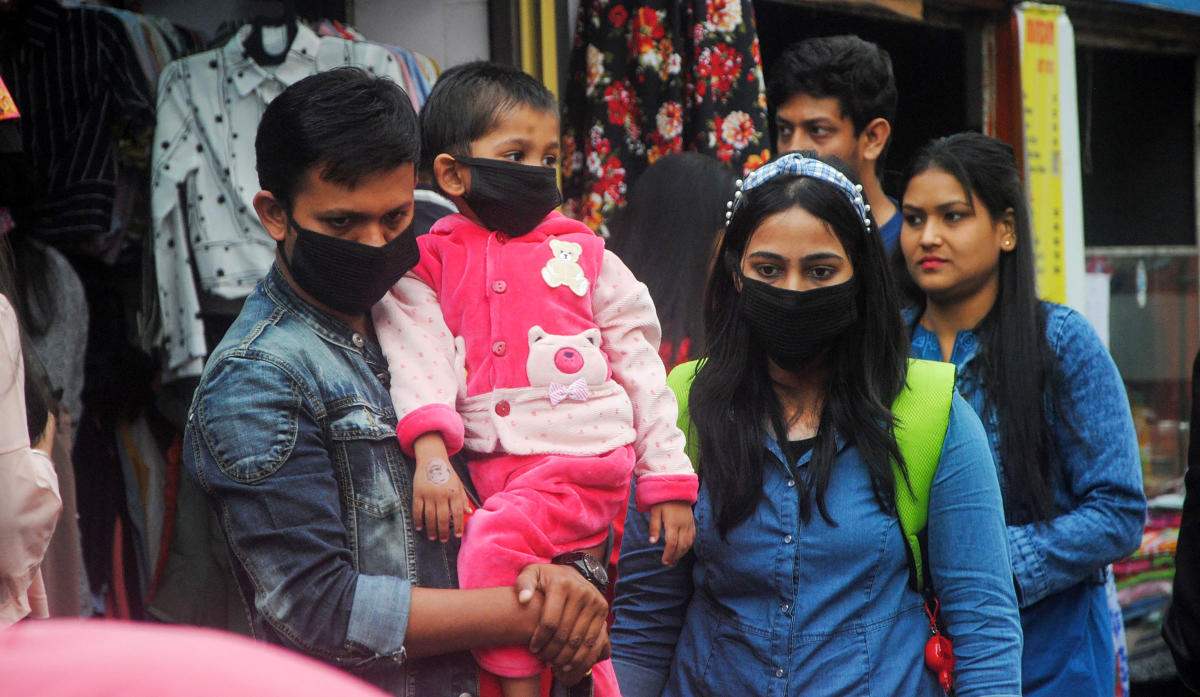
More children infected with coronavirus than expected: Study
The number of children infected with the coronavirus is far more extensive than what is currently reported, according to a study that could help better estimate the demand on pediatric intensive care units.

The number of children infected with the coronavirus is far more extensive than what is currently reported, according to a study that could help better estimate the demand on pediatric intensive care units.
The research, published in the Journal of Public Health Management and Practice, estimates that for each child who requires intensive care for COVID-19, there are 2,381 children infected with the virus.
Based on data from the North American registry, Virtual PICU Systems, the scientists said 74 children in the US were admitted to pediatric intensive care units (PICUs) between March 18 and April 6 for COVID-19 treatment, indicating that an additional 1,76,190 children were likely infected during this time frame.
Related news: COVID-19 patients spread virus three days before symptoms appear: Study
According to the researchers, including those from the University of South Florida (USF) in the US, this calculation follows a report from the Chinese Center for Disease Control and Prevention regarding its clinical study of over 2,100 children with COVID-19.
According to the PICU systems, children younger than two accounted for 30 per cent of the cases, 24 per cent were ages two to 11, and 46 per cent of the PICU cases were children between ages 12 and 17.
The researchers said that if as many as 25 per cent of the US population becomes infected with the coronavirus before the end of 2020, 50,000 children with severe illness will need to be hospitalized, with 5,400 of them critically ill and requiring mechanical ventilation.
Clinical reports, they said, indicated that the average length of stay for pediatric COVID-19 is 14 days.
Related news: Explained: All you need to know about COVID-19 tests, hotspots
According to a US national survey, aimed to evaluate the pediatric critical care capacity, there are approximately 5,100 PICU beds in the country.
“Although the risk of severe illness from COVID-19 is lower in pediatric cases than adults, hospitals should be prepared and have the proper equipment and staffing levels to deal with a potential influx of younger patients,” said author Jason Salemi, associate professor of epidemiology from the USF.
“Government officials and policy makers should understand the likelihood of capacity challenges, which underscores the importance of effective mitigation strategies such as frequent and thorough handwashing and persisted social distancing measures,” Salemi said.
According to the researchers, pediatric coronavirus is highly complex, as many hospitals are prohibiting visitors in order to implement social distancing and quarantine protocols as a child may also infect a caretaker.
This may require logistical and infection control accommodations that place an additional strain on hospital resources, the researchers added.
Related news: Smell, taste loss symptoms associated with COVID-19: Study
The scientists added that young children after being discharged from hospitals may be unable to independently comply with home infection control and self-isolation recommendations.
Children in low-income families with parents in blue-collar and service jobs, which preclude the option of working from home maybe at higher risk of infection and transmitting the disease to others, they said.
The study noted that there’s also an increased risk to children who live in urban public housing projects due to the close proximity of housing units and small communal recreation and commons areas.
(With inputs from agencies)

